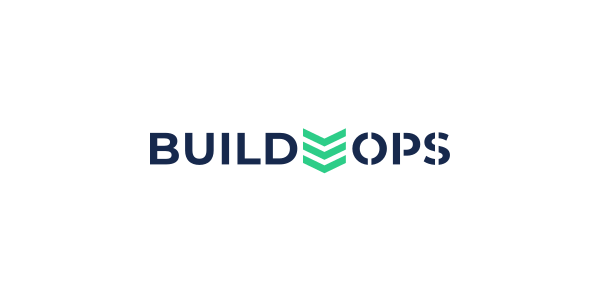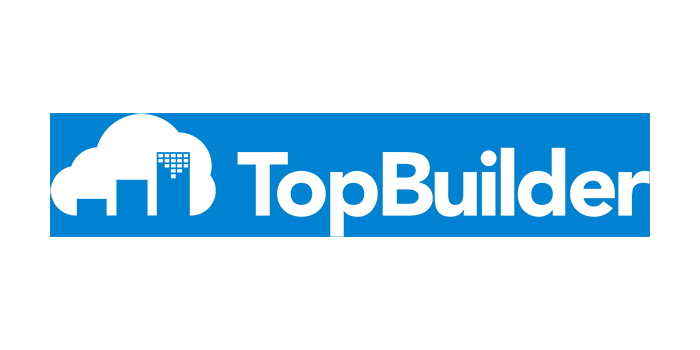
Article written by Ken Simonson, Chief Economist, AGC of America on the ConstructorMagazine.com.
Construction firms are coping with a seemingly unending series of supply-chain disruptions that are compounding problems caused by record materials cost increases and pandemic-induced challenges to operations. As each link is repaired or bypassed, another gap appears elsewhere.
From mid-February to mid-May, the list of problems included a freeze that blanketed Texas for a week; an earthquake and fire that damaged a key semiconductor plant in Japan; a six-day blockage of the Suez Canal; a ransomware attack that shut down the Colonial Pipeline; and a crack in an interstate highway bridge over the Mississippi River that diverted road traffic and halted barges.
Some of these incidents had only tangential or indirect effects on construction supplies. But collectively, they demonstrate the interconnectedness and the fragility of a global supply web on which even purely domestic industries, such as U.S. construction, depend.
Underlying these specific events are lingering impacts from the pandemic. Producers and trucking companies are still struggling to rebuild their work-forces. A plunge in orders and plant operations early in the pandemic was followed by a surge of demand for lumber, steel and imported materials that overwhelmed lumber mills, steel mills and ports.
As a result, prices for lumber and some steel products have tripled, while lead times have stretched to unprecedented lengths or have become completely unpredictable. For instance, a leading roofing-materials manufacturer alerted customers in early May that it would not accept orders for at least two weeks because delivery times had become so uncertain for both inbound shipments of materials and outbound trucking of its products.
The mismatch between contractors’ costs and the prices they quote has widened steadily as intensifying competition for a shrinking pool of nonresidential projects forces contractors to hold down their bids. The Census Bureau reported on May 3 that from the first quarter of 2020 to the first quarter of 2021, spending slumped by 10% for private nonresidential projects and 2% for public construction. The Bureau of Labor Statistics reported on May 13 that the producer price index for inputs to construction, a measure of the cost of all materials and services purchased by contractors, jumped 19% from April 2020 to April 2021. Meanwhile, the index for new nonresidential construction, essentially an estimate of the change in bid prices, increased only 2.3%.
Even if there are no further ruptures in the supply chain, the imbalance between steeply rising costs and nearly flat bid prices may persist for quite a while. The year-over-year increase in the index for materials outpaced the change in the bid price index for roughly two years in 2010-2012 and again in 2017-2019.
One step that could bring partial relief would be an end to tariffs that are pushing up prices as much as 25% for imported steel or limiting supplies from countries that opted for quotas instead of tariffs. There are also tariffs of 10% on aluminum, 9% on Canadian softwood lumber, and on a variety of products and components from China. AGC has been lobbying for prompt removal of these needlessly harmful policies.
In addition, AGC has posted a Construction Inflation Alert (https://www.agc.org/news/2021/03/29/agc-construction-inflation-alert), a document in-tended to help contractors demonstrate to owners and officials the harm that price increases and supply bottlenecks are causing. The association has also held webinars, media events and briefings for public agencies.
Eventually, the supply problems will ease, and materials costs should retreat, though probably not to pre-pandemic levels. Until then, contractors need to be extra vigilant about communicating with owners, suppliers and vendors. They may also want to consider using price-adjustment clauses in contracts.
Takeaway: these challenges will likely last for some time. Modernizing your construction software operations will give you the ability to make faster and smarter decisions - including material decisions -- based on real-time project and financial data. Digitized, connected construction data and workflows allow contractors to be more agile when hit with business disruptions, as well as better forecast and plan for future work so that impacts from disruptions are lessened.
Construction Management Software












